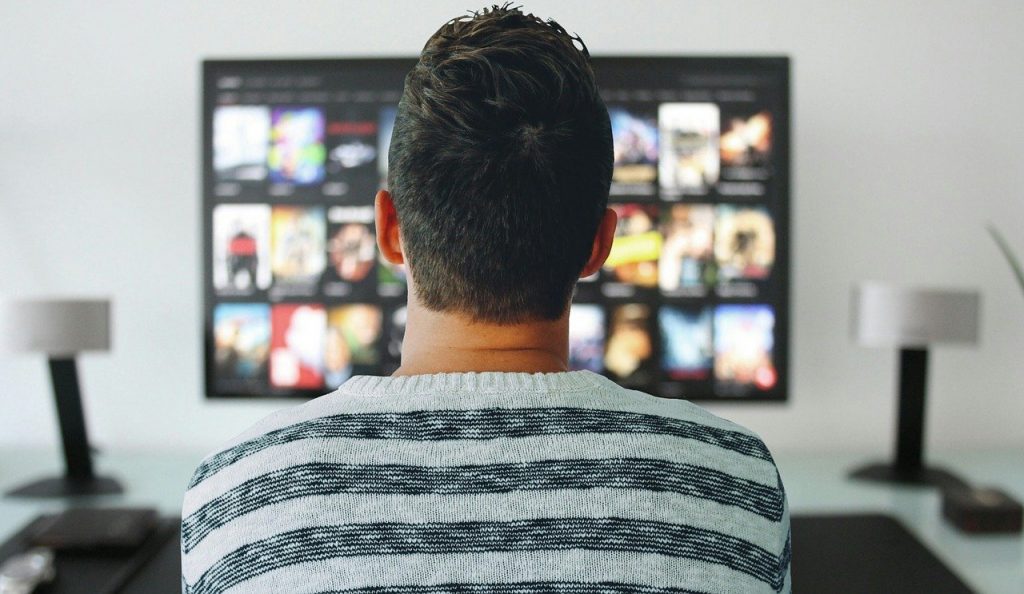Every year, millions upon millions of dollars are spent on Super Bowl ads. The average reported entry cost for just a 30-second commercial is $5.6 million, and that doesn’t include any production costs. For 60-second and 90-second commercial spots, the costs can reach as high as $10 to $20 million!
No matter how big your brand, that’s a staggering price tag. Any company could develop a stellar digital marketing campaign or engage with premium influencers for that same price and probably still have money left over. Those millions could also be used to update their product and services or even branch out to a new area.
So, does it really make sense to pay that much for a minute of airtime during the Super Bowl?
That’s the question Derek Rucker, a professor of marketing at the Northwestern Kellogg School of Management, sought to answer in his recent Forbes article. Here’s how he broke it down.
An Event Like No Other
 The Super Bowl is an advertising opportunity that has no rival. It reaches more than 100 million people each year, overshadowing almost any other event. On top of that, the Super Bowl is one of the few televised events where people tune in to watch and talk about the commercials. Consumers want to see the ads and will actually pay attention.
The Super Bowl is an advertising opportunity that has no rival. It reaches more than 100 million people each year, overshadowing almost any other event. On top of that, the Super Bowl is one of the few televised events where people tune in to watch and talk about the commercials. Consumers want to see the ads and will actually pay attention.
Finally, a commercial during the Super Bowl has a much longer lifespan than its 30-second game spot. If the ad is done well, people talk about it before and after it airs. They watch it on YouTube, discuss it in the news, and continue talking about it for a while to come.
Does it Make Sense for Your Brand?
Clearly, the Super Bowl is a powerful advertising medium, but that doesn’t mean it’s the right medium for everyone. Rucker says that the commercial has to make sense for the brand. That means it needs to be a financially justifiable venue for reaching consumers. The truth is that not every ad performs well and not every ad is talked about.
If you want your Super Bowl commercial to succeed, it needs to be overwhelmingly creative so that it’s one of the best of the bunch. Otherwise, Rucker recommends saving your Super Bowl budget for a sound digital strategy.
Stay tuned for more coverage of Super Bowl marketing strategies from Northwestern Kellogg in the coming week.








